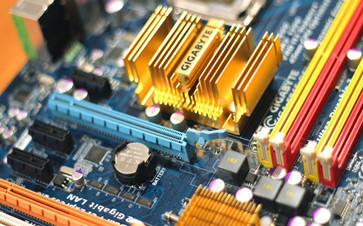3 Trends in Printed and Flexible Electronics
Time:2017-09-21 From:
It might be nothing new for you that printed electronics and functional printing are booming right now. Reason enough for us to take a closer look at the current developments in this field. So, here are three key trends in printed and flexible electronics, we gathered for you!

Structural Electronics are on the Way
In many industries, there is an increasing demand for structural electronics. So, the issue is no longer only to produce a printed circuit board (PCB) and to put a protective mantle like a vehicle body around it. Rather, the mantle itself shall come with a “smart skin“ by putting the electronics “into“ it. In some cases, this can involve the electronics not just being functional circuits but also being load-bearing and protective.
The automotive industry, for example, has a huge interest in such structural electronics for sensor technologies inside and outside cars. Also in industries like the photovoltaic, aerospace or consumer goods sector, the impact of structural electronics will grow even more in future.
Material Properties vs. Cost Reduction
When it comes to new technologies cost reduction often is a strong driver of R&D’s efforts. But in the sector of printed electronics, things are a bit different: Investments in new materials and equipment are very expensive for researchers and producers so that the final device is mostly not cheaper for consumers neither. In other words: When it comes to printed electronics the focus for R&D firstly is – and prospectively will be – to create an added value beyond cost reduction such as thinness, light weighting, robustness or flexibility. This means that especially the advantages of material properties will decide on the success of and investments in certain technologies as the huge effort towards developing flexible display technologies shows.
Hybrid Electronics or: Connecting the Well-Tried to the New
This leads to another increasing trend: hybrid electronics. This means to combine flexible printed electronics with conventionally manufactured ones. For example a device’s sensor, battery or display can be perfectly printed because it needs to be thin and flexible. But the device’s integrated circuit may better be produced in a conventional way because in doing so, the electrical performance is higher, the components’ costs are lower and the existing infrastructure of production can be used. To connect these differently manufactured parts means to combine the best attributes of each technology. That is why hybrid electronics will forge ahead.
News Source:Blog drupa
Written By drupa Redaktion

